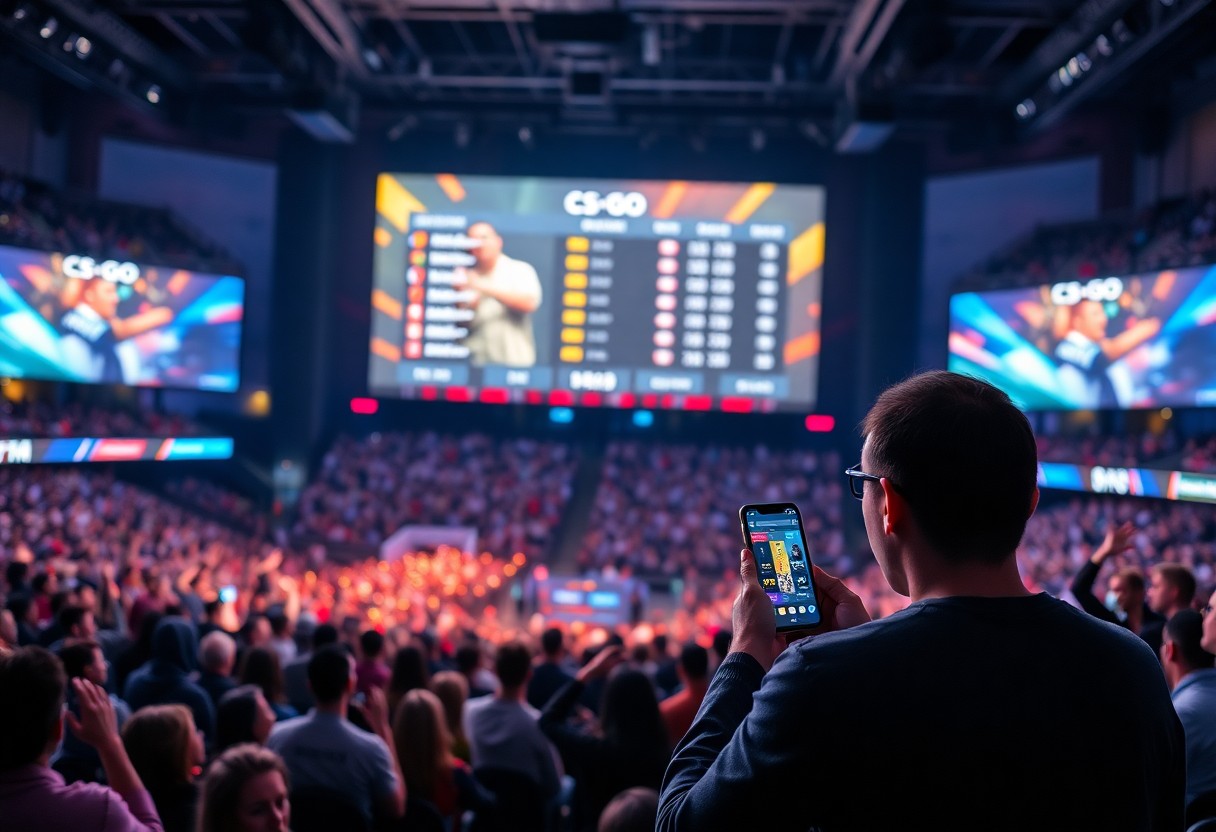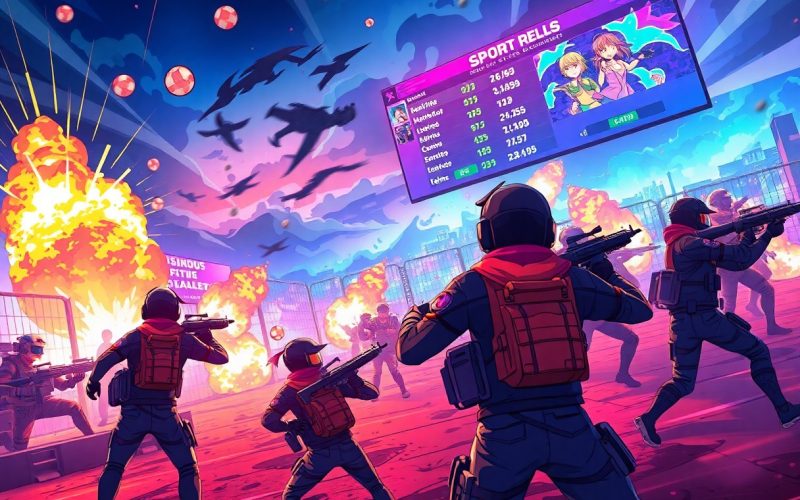Many players have experienced the dynamic and tactical gameplay that Rainbow Six Siege offers, but over the years, the game’s evolution has sparked debate about its casual player base. Initially launched in 2015, Rainbow Six Siege carved out a niche in the first-person shooter genre with its emphasis on tactical gameplay, destructible environments, and team-based strategies. However, as the game has expanded through various updates and seasons, a noticeable shift has occurred that impacts the casual demographic.
Since its inception, Ubisoft has focused heavily on competitive play, introducing ranked modes, seasonal events, and regular updates to maintain high-level competition. This focus has polarized the player community. While competitive players thrive in the environment cultivated by challenging gameplay and skill-based progression, casual players often find themselves overwhelmed by a steep learning curve and the complexity of mechanics. As a result, some casual players have moved away from Siege, seeking games that better accommodate their leisure playstyle.
One major factor that could help rebuild the casual base is the introduction of more accessible gameplay options. By adjusting the difficulty of entry-level content and offering tutorials that explicitly outline game mechanics and strategies, Ubisoft can create a more inviting environment for new players. Currently, newcomers face the daunting task of facing veteran players who possess a deep understanding of maps, operators, and team dynamics. Softening this learning curve could reinvigorate interest from casual gamers who might otherwise feel intimidated.
Another approach to attracting a broader audience might involve the introduction of casual-focused game modes. While Siege offers a variety of gameplay options, many casual players are inclined towards modes that prioritize fun and connections with friends over the pressure of competitive engagements. Developing modes geared towards building teamwork or simply enjoying the game without rigid constraints could entice those who find the competitive scene appealing but stressful.
Also, engaging more with the community is vital for rebuilding that connection with the casual player base. By listening to feedback and fostering communication between developers and players, Ubisoft can create a platform that understands and responds to the desires of its diverse player demographic. Regularly showcasing user-generated content, hosting community events, and recognizing accomplishments within the casual scene can generate a sense of belonging that drives player retention and growth.
Lastly, while growing the casual base is important, balancing the needs of both competitive and casual players is vital. Implementing a matchmaking system that accounts for skill levels would not only help retain casual players but also enable seasoned veterans to enjoy a more consistent gaming experience. When both demographics can coexist without feeling marginalized, the game thrives.
Summing up, while Rainbow Six Siege has faced challenges in maintaining its casual player base, there is a path forward. By focusing on accessibility, expanding gameplay modes, improving community interaction, and honing a balanced matchmaking system, Ubisoft has the potential to rekindle interest and ensure that Rainbow Six Siege remains a multifaceted game appealing to a broad range of players.







